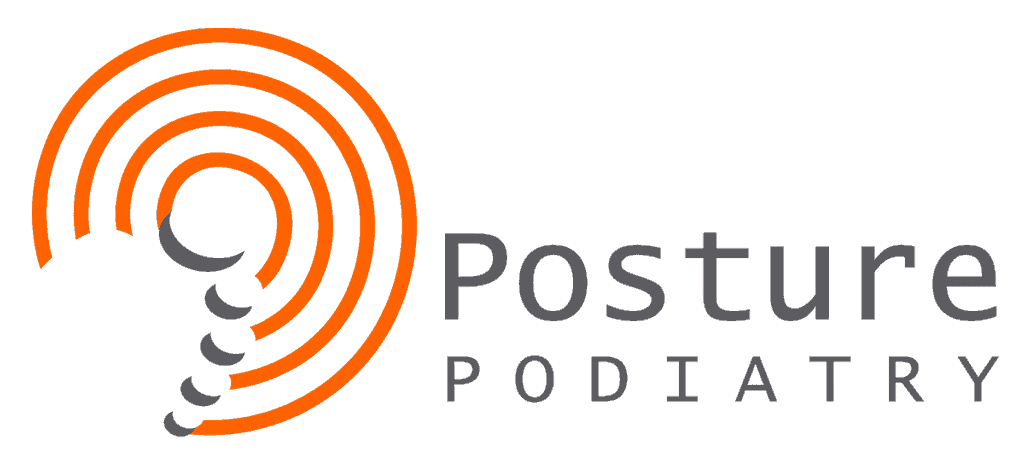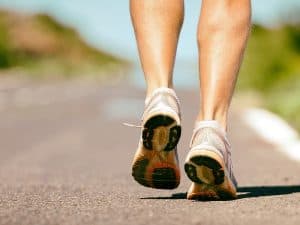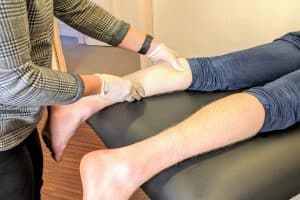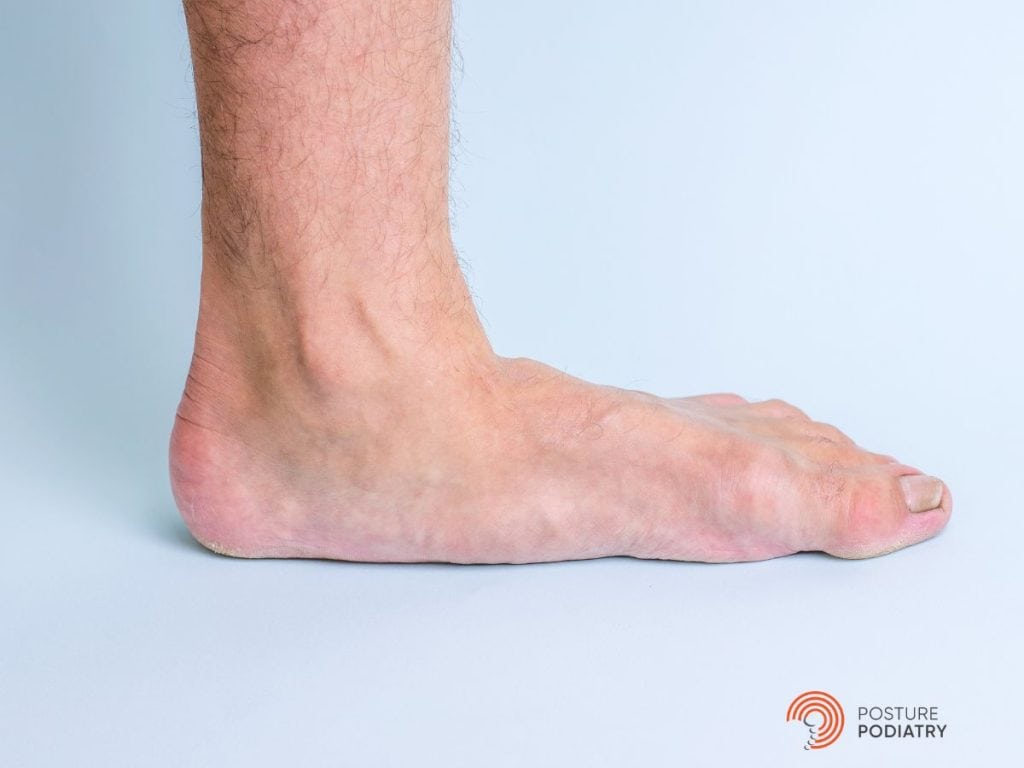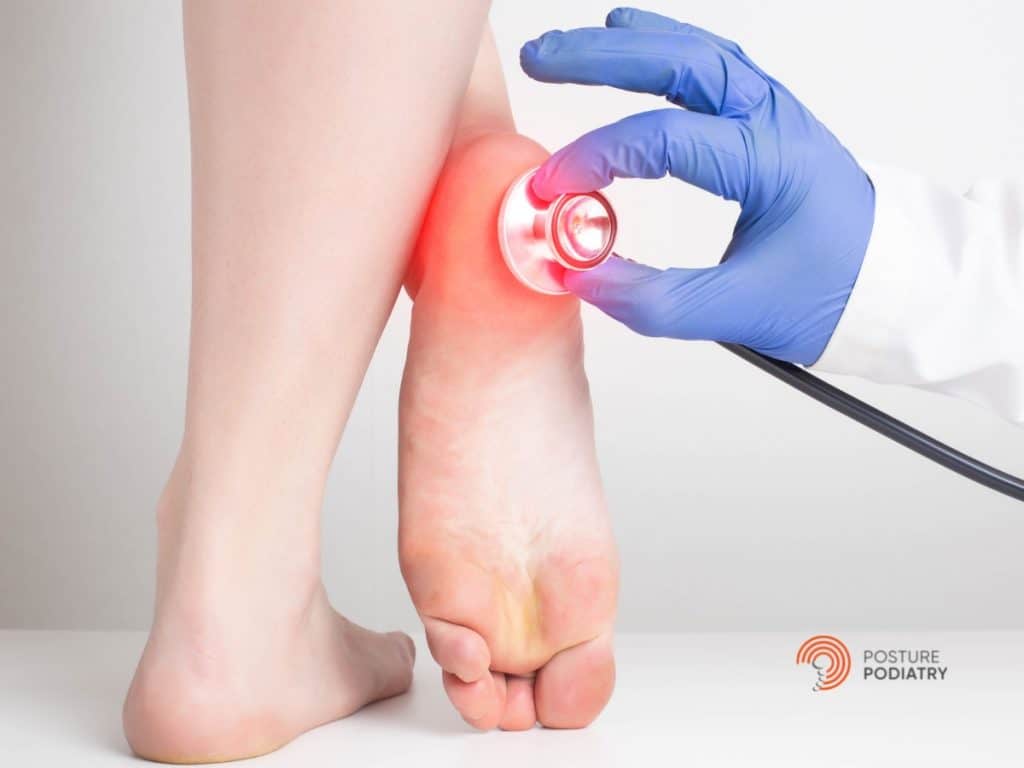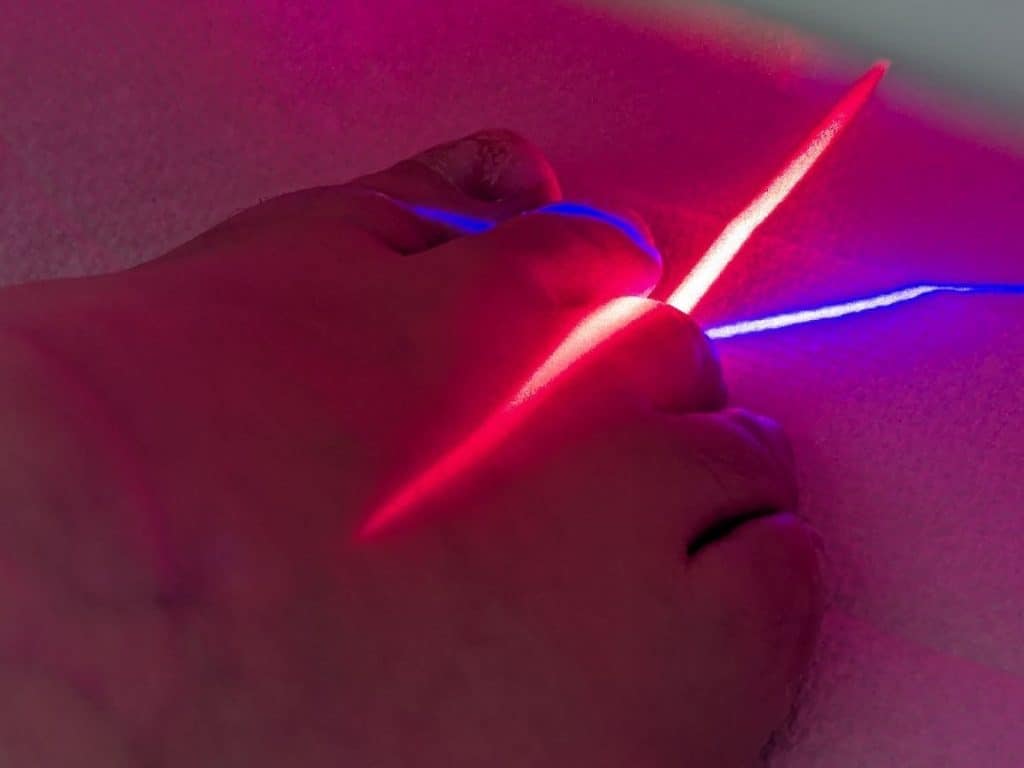Dry Needling at Posture Podiatry
What is Dry Needling?
Dry Needling is the technique of releasing myofascial trigger points using fine, sterile acupuncture needles that work locally and directly.
This technique has been used for centuries to relieve tension in overworked muscles, and to improve the quality of muscle tissue.
What’s the Difference Between Dry Needling and Acupuncture?
Dry Needling is not the same as acupuncture, although there are similarities between the two techniques. The main difference between Dry Needling and acupuncture is the theory behind how the techniques work.
Dry Needling is primarily focused on the reduction of pain and restoration of function through the release of myofascial trigger points in a muscle.
In comparison, acupuncture focuses on the treatment of medical conditions by restoring the flow of energy (Qi) through key points in the body (meridians) to restore balance.
At this point we must stress that this is not acupuncture. Other needles can work with a similar effect, but acupuncture needles happen to be very fine, quite gentle, and very easily tolerated.
What is the Purpose/Goal of Dry Needling?
Dry Needling treatment can be used to:
- help release myofascial trigger points (muscle knots);
- assist with pain management; and
- restore movement at a joint if inhibited by myofascial trigger points
To schedule an examination, call us on 8362 5900 or
What is a Myofascial Trigger Point?
Trigger points are firm nodules along taut bands within muscles that can produce pain or referred pain. It is an irritability in a muscle or its fascia that is symptomatic with pain.
Trigger points cause a pattern in pain that is specific for that particular muscle. Active trigger points are tender to palpate, they can prevent full lengthening of the muscle and can weaken the muscle.
What Causes a Myofascial Trigger Point?
Most research suggests that acute trauma or repetitive overuse may lead to the development of trigger points. Lack of exercise, prolonged poor posture, vitamin deficiencies, sleep disturbances, and joint problems may all predispose to the development of micro-trauma
Trigger points may be caused by:
- Direct trauma to muscle
- Biomechanical stress
- Overuse/overload
- Nutritional/metabolic imbalances may increase predisposition and severity of condition
How does Dry Needling Work?
When inserted into tender taut bands in muscles known as myofascial trigger points, the needle will cause the relaxation of muscle constriction in that band and its associated symptoms. This technique is known as ‘dry needling’.
The effects include the promotion of local healing, the reduction of pain and is effectively used to inactivate myofascial trigger points and tightness.
Your podiatrist will locate the most sensitive/tender trigger points in the muscles for needling. Mobilisation is used in conjunction with needling.
The more severe the pain presentation the more likely you will be requiring follow up needling sessions to fully release all the involved triggers.
To schedule an examination, call us on 8362 5900 or
When is Dry Needling Indicated as a Form of Treatment?
Trigger point therapy is an integral part of how we treat many conditions. This aspect of treatment is used to reduce pain and to improve function.
Combined with manual therapies and rehabilitation exercises and orthotic therapy, acupuncture will enable you to achieve extraordinary results in the treatment of both chronic and acute musculoskeletal pain.
How Can Dry Needling Help My Foot Pain or Aching Legs?
During a Dry Needling treatment, you may feel a slight sting as the needle is inserted and removed. However, this discomfort should last no longer than a second before settling.
It mediates a brief local twitch response of its taut muscle fibres when adequately stimulated/needled. This may occur during treatment when the needle is inserted into a myofascial trigger point.
Are There Any Adverse Effects with Dry Needling?
A small percentage of patients experience minor bleeding, which responds to prolonging the pressure of the wipe or cotton wool at the site.
Even less patients experience a haematoma, usually bruising, which will usually disappear after a few days without consequence.
A few may experience dizziness and other symptoms of anxiety. Lying down during treatment reduces this.
Is Dry Needling Safe?
Yes, dry needling is safe.
In relation to the foot, it is safe to have dry needling when pregnant. All needles used will be sterilized, single use, disposable, stainless steel needles of fine diameter.
To schedule an examination, call us on 8362 5900 or
Will Dry Needling Interfere with My Exercise Goals?
Dry needling will not have a negative impact on exercise goals or regime.
It will help restore function and range of motion to problematic areas.
It is to be used with over modalities as discussed above.
Stretching is important when having treatment. Please follow the recommendations as directed by your podiatrist.
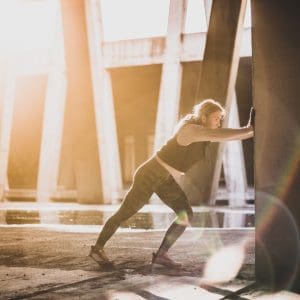
Other rehabilitation exercises and maintaining appropriate level of activity are also important. Exercising after treatment is therapeutic so, if you have post treatment pain, exercise is better than rest.
What will you feel with dry needling?
During a Dry Needling treatment, you may feel a slight sting as the needle is inserted and removed. However, this discomfort should last no longer than a second before settling.
A brief muscle twitch may also be experienced during a Dry Needling treatment. This may occur during treatment when the needle is inserted into a myofascial trigger point as can be seen in the video below.
When is it Appropriate to Use Dry Needling as a Form of Treatment?
Dry Needling can be used in treatment:
● to help release myofascial trigger points (muscle knots);
● to assist with pain management; and
● to restore movement at a joint if inhibited by myofascial trigger points
The podiatrists at Posture Podiatry can use dry needling as part of a broad treatment plan to promote healing and encourage healthy function through your feet, legs and muscle function.
To schedule an examination, call us on 8362 5900 or
What to expect in your consult?
On arrival, you’ll be greeted with a smile and invited to enjoy a complimentary foot massage or a nice cup of coffee, tea or hot chocolate. (Say yes when offered… we love spoiling our clients!)
You’ll meet your podiatrist, who will listen to your history, work with you to perform a thorough assessment and begin planning your treatment to get to the bottom of your concerns.
Your time is valuable, so you can complete your client forms either in person or online before your appointment to make things run smoothly. If you have any questions at all, please feel free to ask. We’re here to help!
We’ll stay in touch by sending personal emails or SMS (not bulk spam), and also ask for feedback after your appointments so we can continue to improve our service to you.
